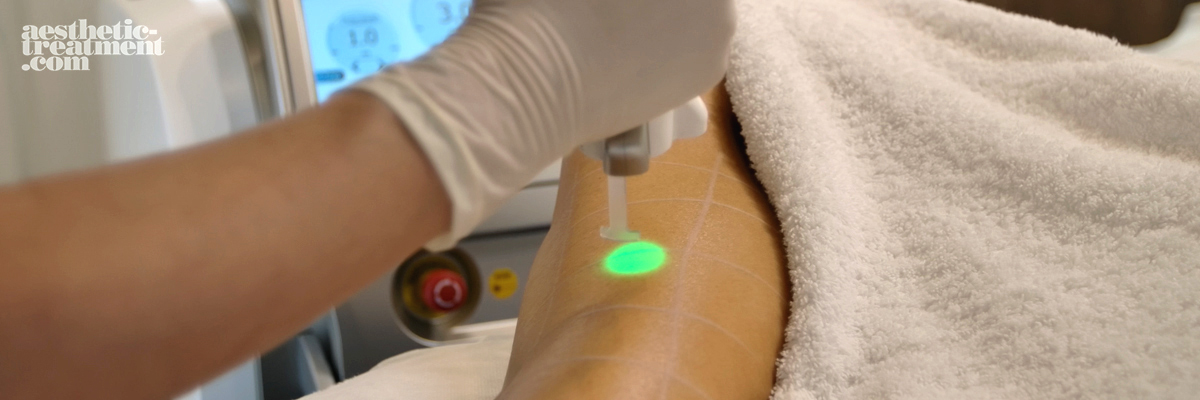The Procedure
1. Preparation Before the procedure, a thorough medical history and physical examination are conducted to assess the patient’s suitability for laser vein removal. This may include an ultrasound to evaluate the veins. On the day of the treatment, the area to be treated is cleaned, and protective eyewear is provided to shield the patient’s eyes from the laser light.
2. Application A cooling gel or device is often used to protect the outer skin and minimize discomfort. The laser handpiece is then applied to the skin, emitting pulses of light. Patients typically experience a sensation similar to the snap of a rubber band. The duration of the procedure varies depending on the size and number of veins being treated but usually lasts between 15 to 45 minutes.
3. Post Treatment After the procedure, patients may experience mild redness, swelling, or bruising in the treated area, which typically subsides within a few days. It’s important to follow post-treatment care instructions, which may include avoiding sun exposure, wearing compression stockings, and refraining from strenuous activities for a short period.

